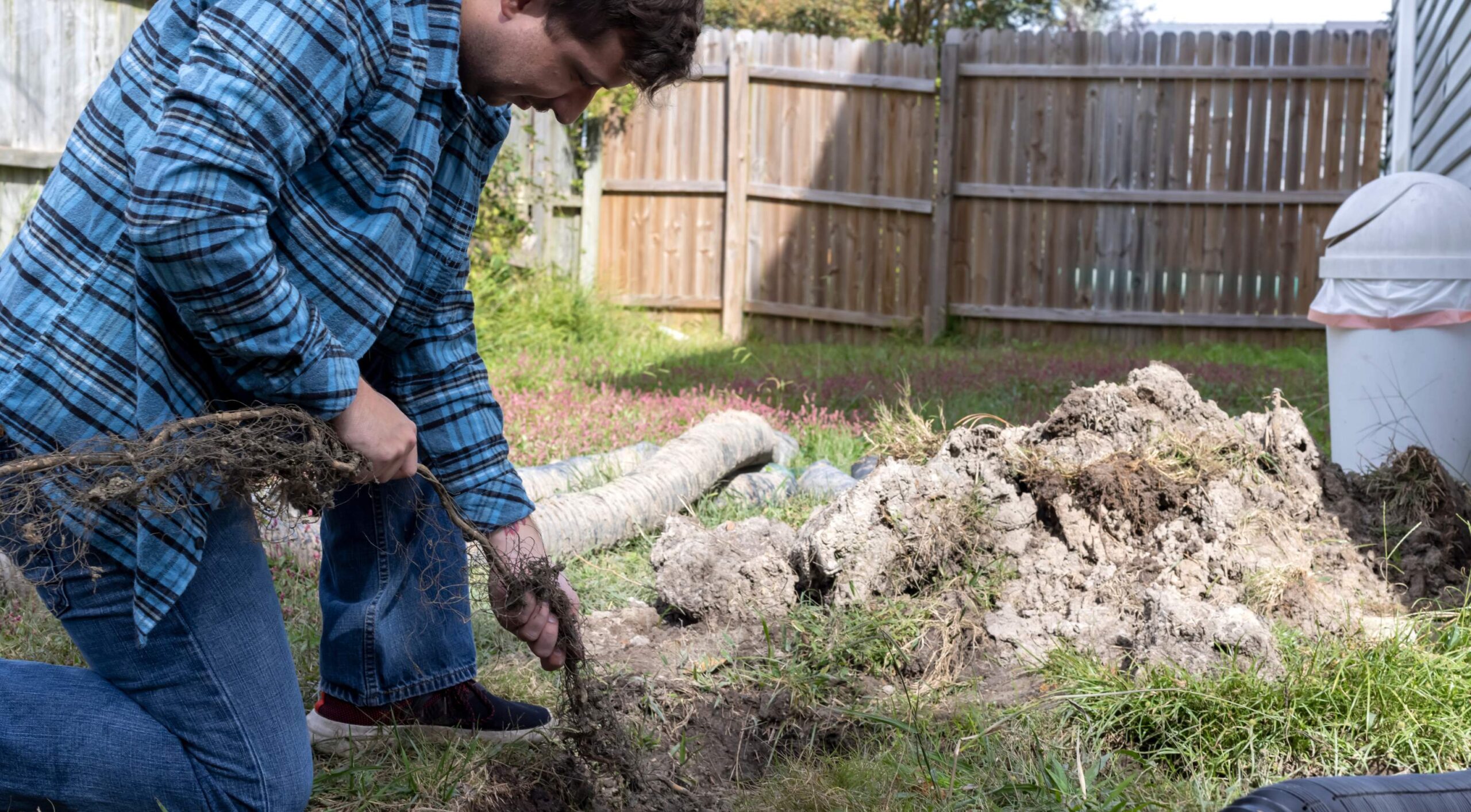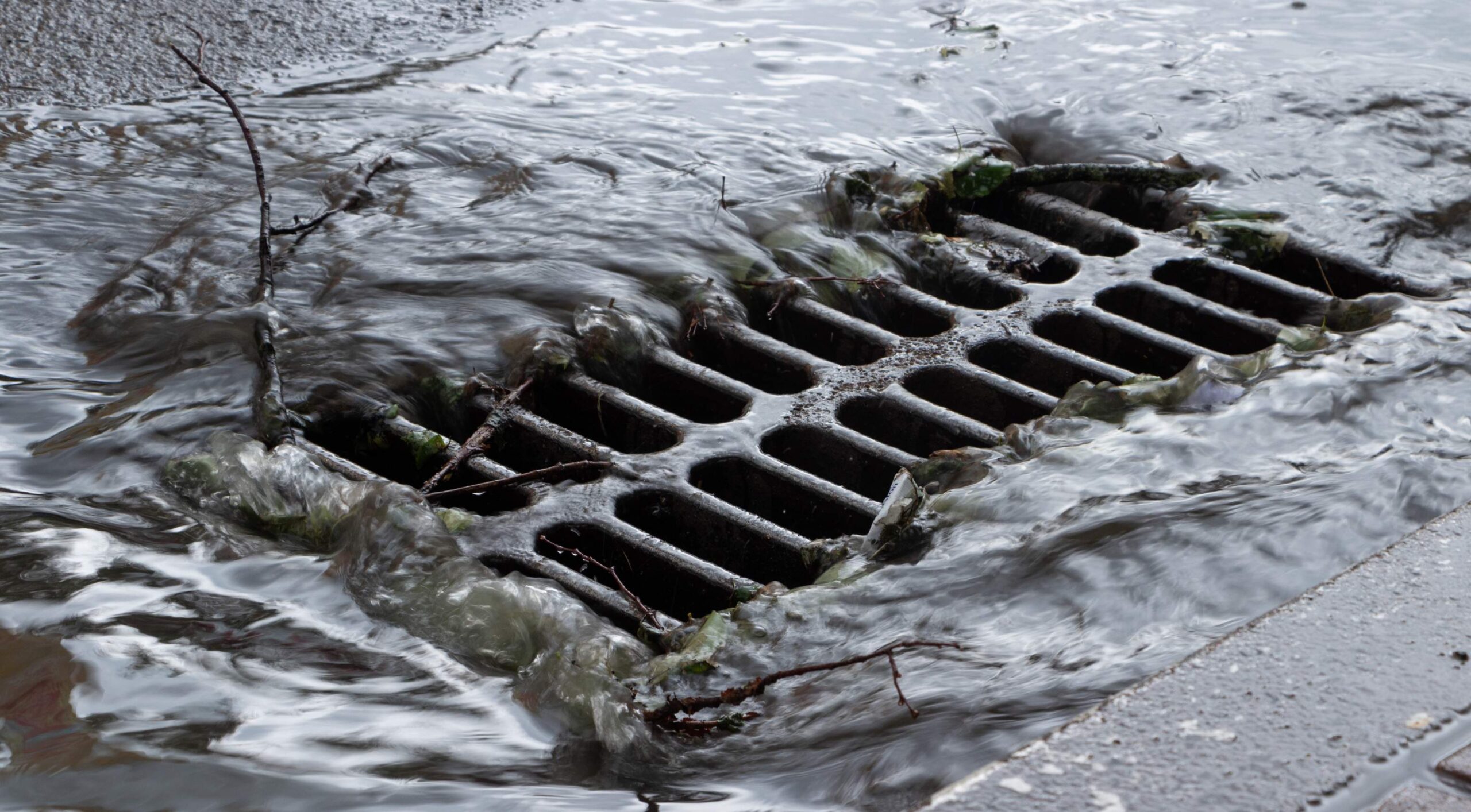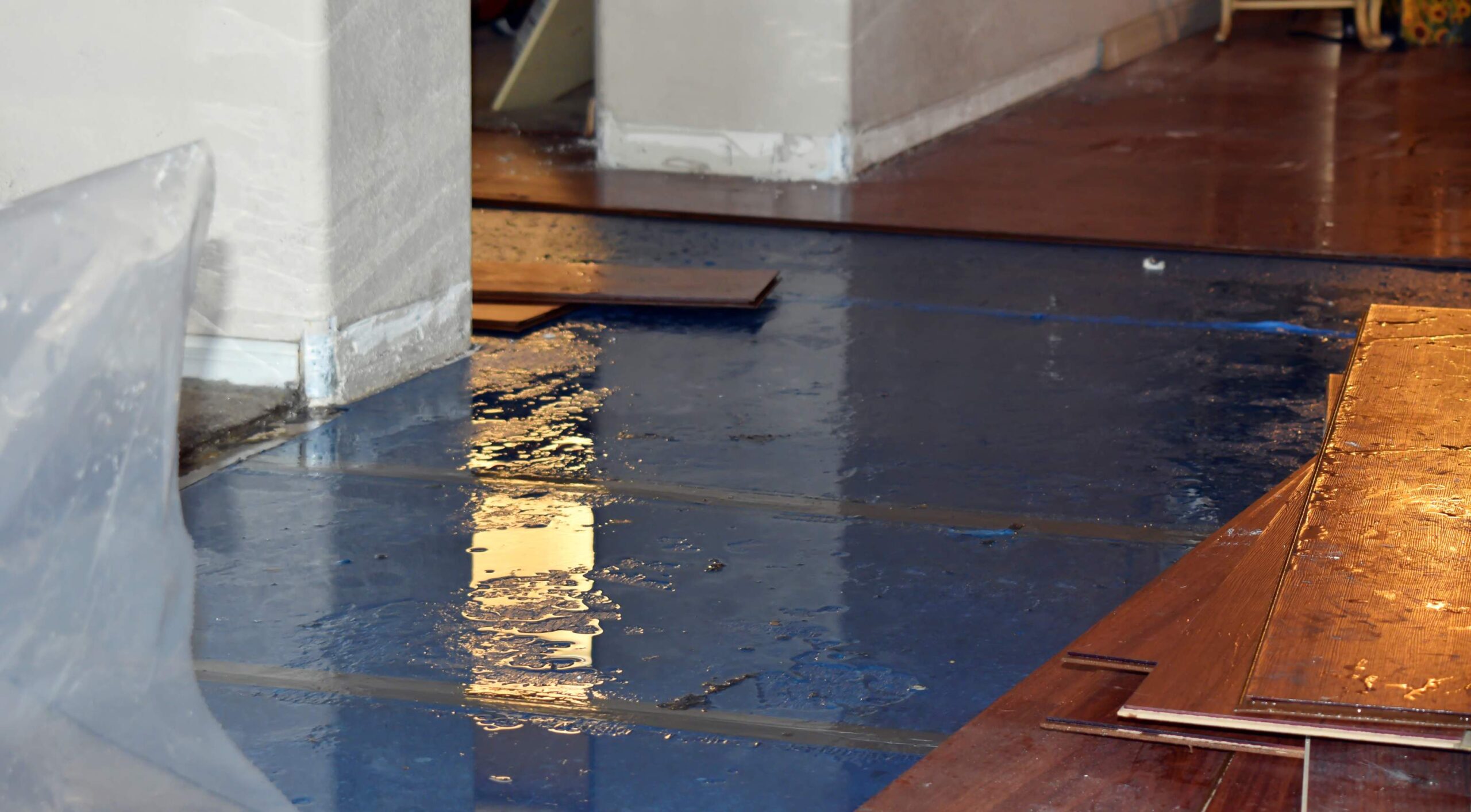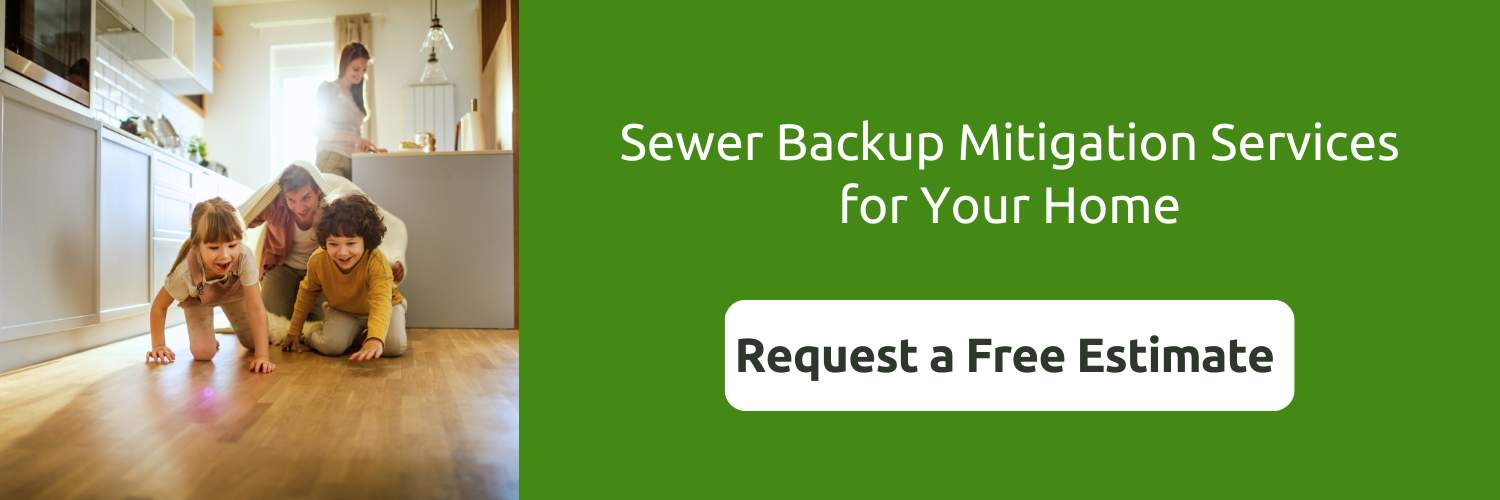Do you smell that? Hopefully not!
If it’s already too late, then we feel your pain. Our homes are expensive enough, and the last thing that anybody wants to deal with is a sewer backup.
Don’t panic, take a deep breath (or don’t!), and relax. We will show you how to make sense of your sewer problems and what you can do about the situation.
If you aren’t currently experiencing the agony of a sewer backup, we have some information to help you keep things that way. After all, an ounce of prevention is worth a pound of cure!
Table of Contents
- How To Identify a Sewer Backup
- 4 Common Causes of Sewer Backup
- What To Do if You Experience Sewer Backup
- 5 Tips for Preventing Sewer Backup
- Cleaning Up the Mess of Sewer Backup
- Pure Environmental: Portland’s Sewer Backup Mitigation Experts Since 2010
How To Identify a Sewer Backup
Before you start calling the professionals you should check a couple of things. You might simply be dealing with a clogged drain.
Let’s look at what is happening and where it is happening:
- Are you experiencing slow draining in only the kitchen or just one of the bathrooms? There may be a clog in one of the associated drain pipes.
- Are ALL of the drains in your house experiencing no draining, slow draining, or maybe you are hearing a “gurgling” noise? Unfortunately, this is a strong sign of at least a partial blockage in the sewage pipe between your home and the street.
- You may have dirty water coming out of your toilet, or find that draining water results in water backing up in another area of your house. In this case, you may have a serious sewage issue on your hands.
- Maybe you don’t see any water issues, but you have a foul odor in your home originating from your kitchen and bathroom. This is another sign that you have a sewage backup.
- Another sign of a sewage issue is if you have standing water in your yard even though it hasn’t rained recently. This points to things backing up and overflowing due to a leak and/or blockage.
- You might see some overgrowth of grass in a specific area. Treated sewage is actually an effective fertilizer, but you don’t want untreated sewage hanging out on your lawn!

4 Common Causes of a Sewer Backup Issue
#1: Tree Roots
We love our trees, but not when their strong roots cause sewage issues. Tree roots can break through cracks or joints in sewage piping. To resolve this, the location needs to be identified and excavated to cut the roots and repair or replace the portion of the pipe that has failed.
Older pipes made out of iron, cement, or clay are especially susceptible to eventual intrusion by tree roots. Newer pipes made of PVC are more durable, and their smooth surface encourages roots to grow around the pipe.
Even if you don’t have trees on your property, you could still have an issue with roots. Tree roots can travel very far underground. Perhaps your neighbor’s tree is sending its roots your way.
#2: Faulty Sewer System
If your sewer system has cracked or collapsed, you could end up with sewage either spilling out into your yard, back into your home, or both.
Older homes were often constructed with clay sewage pipes. These pipes usually only last 50 or 60 years and are susceptible to cracking and crumbling.
Clay pipes are not flexible, and any shifting in the soil can cause misalignment of segments, resulting in leaks.
Plastics like PVC have been the typical sewage pipe material used since the 1980s. PVC piping is very durable, with an estimated lifetime of at least 100 years. They are not invincible though, and could crack if stressed by shifting soil or extreme cold.
#3: Municipal Sewer Problems
If you notice that your draining or standing water issue occurs only after excessive rainfall, it could indicate that the municipal system is overwhelmed. A period of increased melting snow could cause a similar stress on the system.
Chat up your neighbors and see if they share your concerns. If they notice similar storm-related drainage problems, this points to a public infrastructure issue.
In these scenarios, it is typically the responsibility of your municipality to address the problem. Either the public works department or your water utility provider should be notified so they can investigate.

#4: Improperly Routed Gutters, Downspouts, and Sump Pumps
Gutters and downspouts typically lead out into your yard, but sometimes they are drain-connected. If this drain is part of the storm sewer system then that is okay, but we should never be sending rainwater down into the sanitary sewer system.
Storm sewer systems are separate from sanitary sewer for good reason: to avoid surges in rainwater from causing raw sewage to flood our streets and homes.
If you have a sump pump, ensure it discharges into the ground or the storm sewer system.
What To Do if You Experience Sewer Backup
On top of the mess that a sewer backup makes, there are immediate health risks at play for you, your family, and your pets. This is an emergency, and it should be dealt with carefully.
- A licensed plumber can diagnose the issue and advise on a solution. They may provide immediate relief depending on the nature of the issue.
- Until the issue is addressed, you will need to ensure that you do not use any sinks, toilets, or dishwashers, or otherwise cause any water to go down the drain.
- If you are dealing with a very small mess then you can use a wet-dry vacuum to remove the waste and then clean and disinfect the area.
- If you are going anywhere near that mess you’ll need protective gear, including a facemask, to ensure that no waste makes contact with your skin, eyes, or airways.
- A significant mess is best dealt with by the experts. Professional emergency mitigation services can clean things up and restore your home to tip-top shape.
Now is a great time to confirm that your home insurance policy has you covered for sewer backup. If you have a sump pump, ensure that it’s covered as well.
5 Tips for Preventing Sewer Backup
#1: Be Careful What You Put Down the Drain
The easiest thing that you can do to help prevent a sewer backup is to not flush any junk down the drain!
Here are a few things that you really want to keep from going down the drain to avoid clogging it:
- Any kind of cooking oil or other liquid fats — these congeal when they cool down and can cause a sticky clog in your pipes.
- Food waste like coffee grounds, rice, pasta, etc — get those into the compost or the garbage can. If they end up in your drain they can build up over time and cause a clog.
- Toilet paper is ok, but other items like paper towels, wet wipes, or sanitary napkins will cause a problem. Even if it says “flushable,” it’s better just to put it in the trash.
#2: Keep Your Sewer Lines Clear
Some preventative measures can help keep things flowing along nicely, even if you do a decent job of not letting any nasty stuff get down the drain.
Here are a couple of easy things that can help:
- A periodic dose of boiling water down your drains can help loosen up materials that have been sticking to the pipes. This can be especially helpful in the sink, where some oils and food waste inevitably go down the drain.
- A simple mixture of vinegar and baking soda can help loosen up any buildup of fats, oils, and greases in your sewage pipe just waiting to cling to other items and create a blockage.
Additionally, some preventative pipe maintenance can help with a “deep cleaning.” This is something that is done professionally, ideally every three to five years.
Taking preventative measures can help avoid big expenses further down the road!
#3: Route Gutters, Downspouts, and Sump Pumps Correctly
As we mentioned, you don’t want to have your rainwater or sump pump discharge into your sanitary sewer lines. It is okay if you are directing water into the storm sewer system.
When it comes to the water running off your roof, if it’s going out into your yard then ensure it is being led out away from your foundation.
Ideally, get the downspout to discharge at least six feet from your house. This will minimize the risk of water impacting the foundation.
#4: Replace Old Sewer Lines
If you have an older home — think pre-1980s construction — it’s likely your sewer pipes are not made out of super-durable PVC. If there hasn’t been a failure yet, it’s not too far off.
Large trees and old pipes could mean that if you don’t replace them proactively then you will be faced with the cost and disruption of a failure that impacts your home.
Newer sewer piping may increase buyer confidence and avoid home inspection issues if you should ever sell your home. This can help you get top-dollar, which is always a good thing.
#5: Have Your Sewer Line Inspected
A professional inspection can help make sure your plumbing is in good condition. Early detection can prevent a larger issue down the road. The pros can send a camera down into your sewer piping to see any sign of clogs or damage.
If there is damage, you’ll know exactly where. If there is a clog, they can target its removal.
They can also tell you if something isn’t compliant with construction codes and needs correcting.
In terms of how frequently to schedule a sewer inspection, that depends on your situation. It is recommended to have an inspection done every eight to ten years or so, but more frequently if you have a higher risk of roots causing a problem.
Cleaning Up the Mess of a Sewer Backup
What a mess! If you are dealing with some particularly bad smells right now, we feel your pain.
If you can do it safely, go ahead and turn off any electrical power in the area. This can help reduce the risk of shock or additional damage to any device.
If it’s a very small mess and you want to brave it, ensure you have gloves, boots, a facemask, and goggles.
Absorbent materials need to be assessed to see if they can be effectively cleaned or if they need to be replaced. If your mess involves “black water”, the resultant contamination makes replacement the safest option.
Suck up the water with a wet/dry vacuum, and give everything a deep cleaning and disinfecting.
Or, feel free to back away slowly and call a professional. They have all the right protective gear, chemicals, and tools to clean things up.

Pure Environmental: Portland’s Sewer Backup Mitigation Experts Since 2010
Take the hassle and uncertainty out of your sewer backup cleanup by trusting a professional service. Pure Environmental operates out of Oregon and Washington and specializes in mitigating sewer backups and other home emergencies.
Not only is sewage backup a messy and smelly situation, but it can pose a biohazard risk. Pure Environmental can give you the ultimate peace of mind and get rid of the mess, the smell, and any damage that may have occurred.
Recent posts
- Maximize Comfort & Savings: Make Your Attic More Energy Efficient Today
- How To Prevent Water in Your Crawl Space: Proven Strategies To Prevent Water Damage
- Fresh and Clean: How To Disinfect the Air in Your Home Naturally
- Pros and Cons of Heat Treatment for Bed Bugs: Things To Consider When Reviewing Your Options for Remediation
- How To Get Rid of Pet Odor in Your House
Recent Posts
- Maximize Comfort & Savings: Make Your Attic More Energy Efficient Today
- How To Prevent Water in Your Crawl Space: Proven Strategies To Prevent Water Damage
- Fresh and Clean: How To Disinfect the Air in Your Home Naturally
- Pros and Cons of Heat Treatment for Bed Bugs: Things To Consider When Reviewing Your Options for Remediation
- How To Get Rid of Pet Odor in Your House
